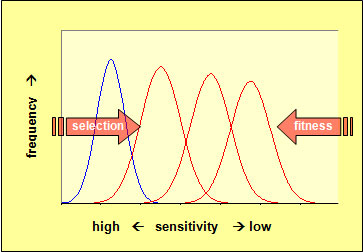SBI-fungicides that inhibit the C14 demethylation step within fungal sterol biosynthesis are known as demethylation inhibitors or DMIs. Chemically, DMIs belong to different chemical groups. Besides triazoles, numerous imidazoles, pyridines and pyrimidines are also demethylation inhibitors. All DMIs inhibit fungi by interacting with the same target site, C14-demethylase (erg11/cyp51) and are therefore considered to be cross-resistant with each other.
Typically, DMIs have a broad spectrum of activity against a range of economically important pathogens on arable crops, top fruit, industrial crops, vines, plantation crops, etc.
| Code | Target site of action | Group name | Chemical group | Common name | Comments |
| 3 | G1: C14-demethylase in sterol biosynthesis (erg11/cyp51) |
DMI-fungicides (DeMethylation Inhibitors) (SBI: ClassI) |
piperazines | triforine | There are big differences in the activity spectra of DMI fungicides. Resistance is known in various fungal species. Several resistance mechanisms are known incl. target site mutations in cyp51 (erg 11) gene, e.g. V136A, Y137F, A379G, I381V; cyp51 promotor; ABC transporters and others. Generally wise to accept that cross resistance is present between DMI fungicides active against the same fungus. DMI fungicides are Sterol Biosynthesis Inhibitors (SBIs), but show no cross resistance to other SBI classes. Medium risk See FRAC SBI Guidelines for resistance management |
| pyridines | pyrifenox pyrisoxazole |
||||
| pyrimidines | fenarimol nuarimol |
||||
| imidazoles | imazalil oxpoconazole pefurazoate prochloraz triflumizole |
||||
| triazole | azaconazole bitertanol bromuconazole cyproconazole difenoconazole diniconazole epoxiconazole etaconazole fenbuconazole fluquinconazole flusilazole flutriafol hexaconazole imibenconazole ipconazole mefentrifluconazole metconazole myclobutanil penconazole propiconazole simeconazole tebuconazole tetraconazole triadimefon triadimenol triticonazole |
||||
| triazolinthiones | prothioconazole |

